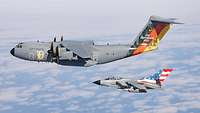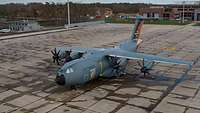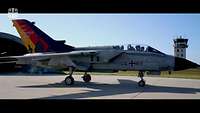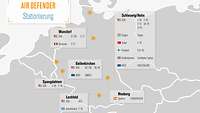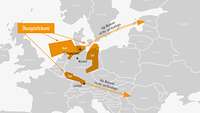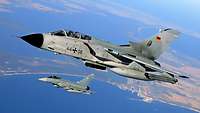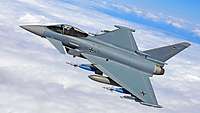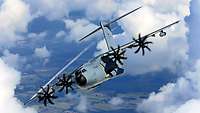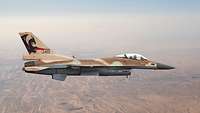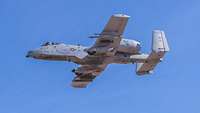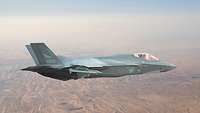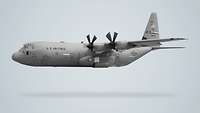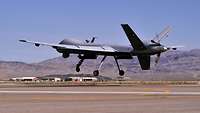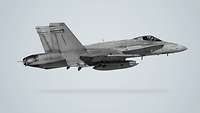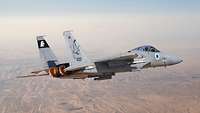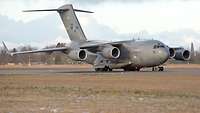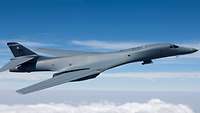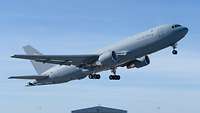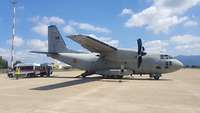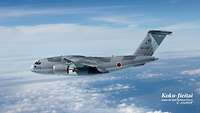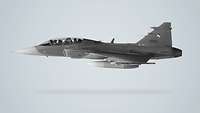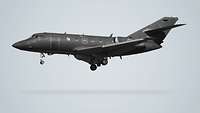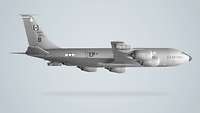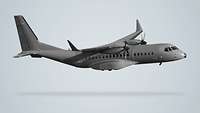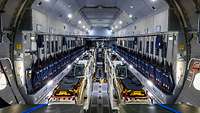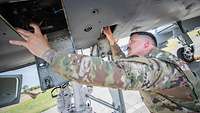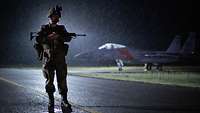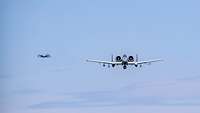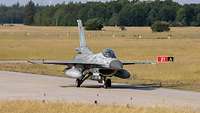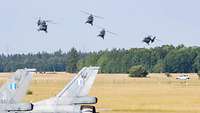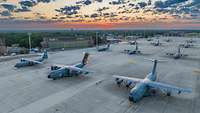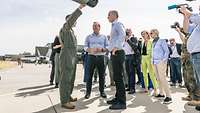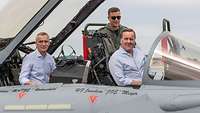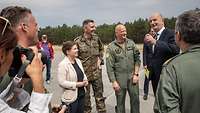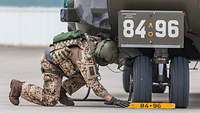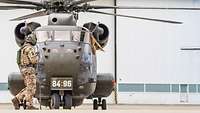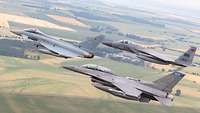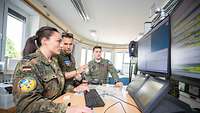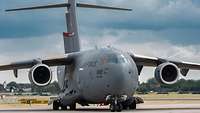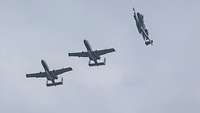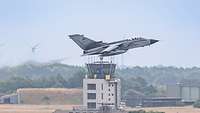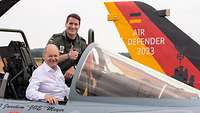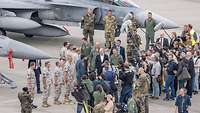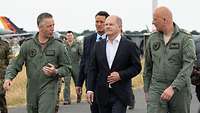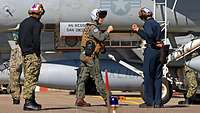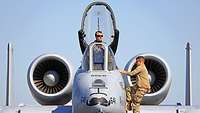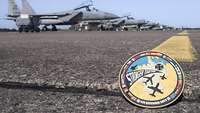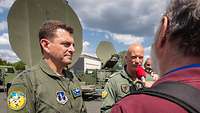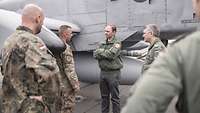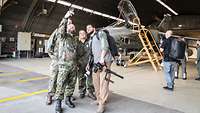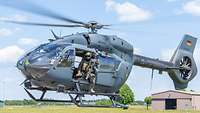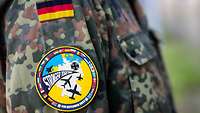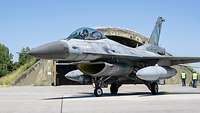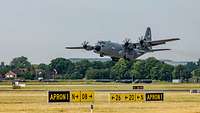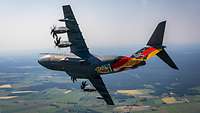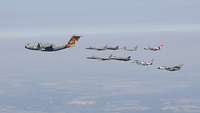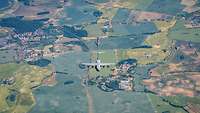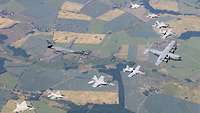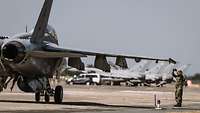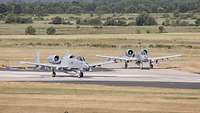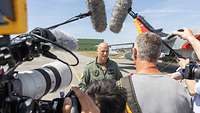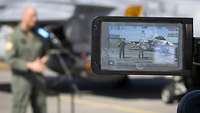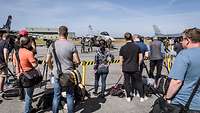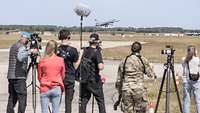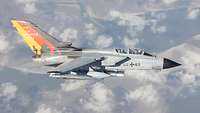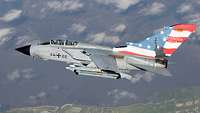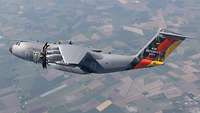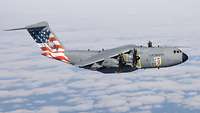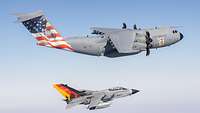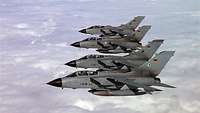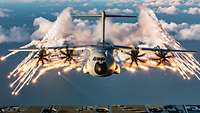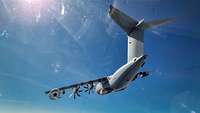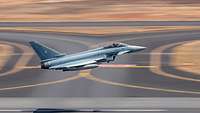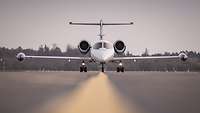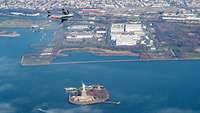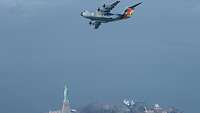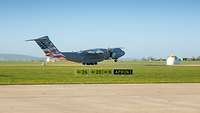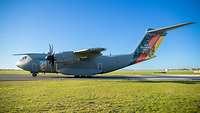Air Defender 23
In the multinational Air Defender 23 exercise, 25 nations train together in the airspace above Europe in joint air operations.
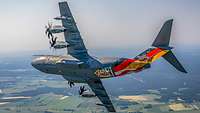
The exercise Air Defender 23 is the largest deployment exercise of air forces in NATONorth Atlantic Treaty Organization's history and demonstrates transatlantic solidarity. From June 12-23, up to 10.000 exercise participants from 25 nations with 250 aircraft will train air operations in European airspace under the command of the German Air Force.
Air operations over Europe
Air Defender 23 is the largest air force deployment exercise in NATONorth Atlantic Treaty Organization's history. The goal is to exercise air operations with allied air forces. The focus is on optimizing and expanding cooperation among participating nations. The scenario is modeled on a NATONorth Atlantic Treaty Organization Article 5 assistance scenario.
The exercise was initiated by Germany in 2018, planned out in subsequent years and will take place in the summer under German leadership.
25 nations and NATONorth Atlantic Treaty Organization exercise the joint response capability of their air forces in a crisis situation. Germany is taking the lead role and is the logistical hub.
The following nations are participating: Belgium, Bulgaria, Croatia, Czech Republic, Denmark, Estonia, Finland, France, Germany, Greece, Hungary, Italy, Japan, Latvia, Lithuania, Netherlands, Norway, Poland, Romania, Slovenia, Spain, Sweden, Turkey, United Kingdom, United States.
Aircraft from partner nations will be stationed at several locations in Germany during the exercise.
About 10,000 servicemen and women are taking part in the exercise. Among the 250 aircraft involved are 23 different types of aircraft. 100 of these aircraft alone come from 42 United States federal states and are being deployed to Europe. The U.S. Air National Guard provides the very largest portion of these.
The participating nations will mainly conduct operations from the sites at:
Jagel/Hohn in Schleswig-Holstein
Wunstorf in Lower Saxony
Lechfeld in Bavaria
Spangdahlem in Rhineland-Palatinate
Volkel in the Netherlands
Čáslav in the Czech Republic
The three main hubs during Air Defender 23 are Schleswig/Hohn, Wunstorf and Lechfeld. The exercises will be conducted mainly in three airspaces over Germany.
The exercise areas are based on areas that have been used by the Air Force for routine training for decades. However, they have been expanded for Air Defender 23 and partly connected by corridors.
The east exercise area will be temporarily reserved for military use between 10 a.m. and 2 p.m., the south exercise area between 1 p.m. and 5 p.m., and the north exercise area between 4 p.m. and 8 p.m. No training flights will take place at night or on weekends.
Flight altitudes during Air Defender in the three training areas range from 2,500 to 15,000 meters and higher. No missions are usually flown below that.
Refueling generally takes place at altitudes ranging from 3,000 to 10,000 meters. Jet-fight training flights take place at altitudes of 2,500 or 3,000 meters, depending on the airspace activated. Low-level flights by jets and transport aircraft are planned in a part of the eastern air exercise area known as Fight 1. This training area extends over northern Brandenburg, parts of Mecklenburg-Western Pomerania, and the Baltic Sea. The airspace is reserved for these low-level flights for three hours at a time every day from June 12 to 22. In addition, sporadic low-level flights will take place at the Baumholder and Grafenwoehr military training areas.
All parties involved, first and foremost the German Air Force itself, German Air Traffic Control, Eurocontrol, airlines and airport operators, are doing everything they can to keep the impact of Air Defender 23 on the population as low as possible. For example, the three air training areas are only used for military purposes at staggered times and never simultaneously for up to four hours a day and are not available to civil air traffic during this time window.
In close cooperation with the authorities responsible for air traffic control, the airlines and the civil airports, processes and procedures are currently being optimized to minimize the impact on civil air traffic as far as possible.
The latest results of the last simulation by Eurocontrol on the impact of Air Defender on civil aviation have shown that no flight cancellations are to be expected, but at most delays. Please direct individual inquiries regarding the impact on civil air traffic to your respective airline.
News
Participating weapon systems
Exercise Air Defender 23 is the largest deployment exercise of air forces since NATONorth Atlantic Treaty Organization was founded. It demonstrates solidarity in the alliance and transatlantic solidarity: From June 12 to 23, up to 10,000 exercise participants from 25 nations with 250 aircraft will train air operations in European airspace under the command of the German Air Force.
Twenty-four partner nations are coming to Germany with their aircraft types, including various jets including the F-35 of the Americans and Dutch planned for the Air Force as a Tornado successor, as well as a NATONorth Atlantic Treaty Organization Awacs reconnaissance aircraft and, for the first time, a transport aircraft of the Japanese Air Force.
Impressions
Get a visual impression here of the largest air force deployment exercise in NATONorth Atlantic Treaty Organization's history.


